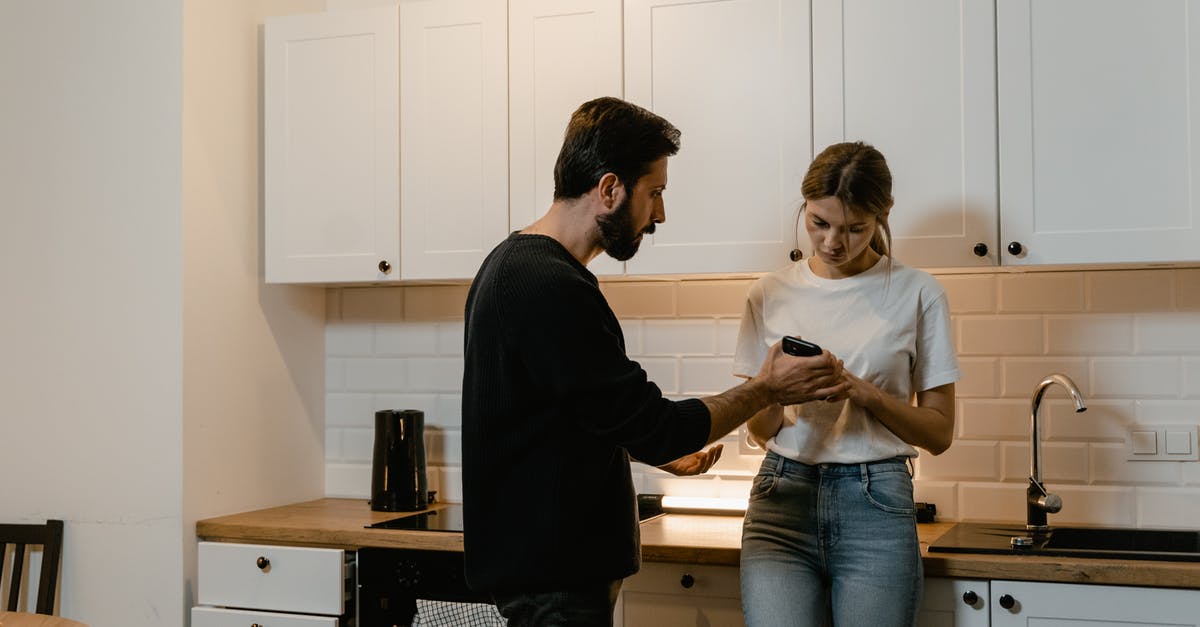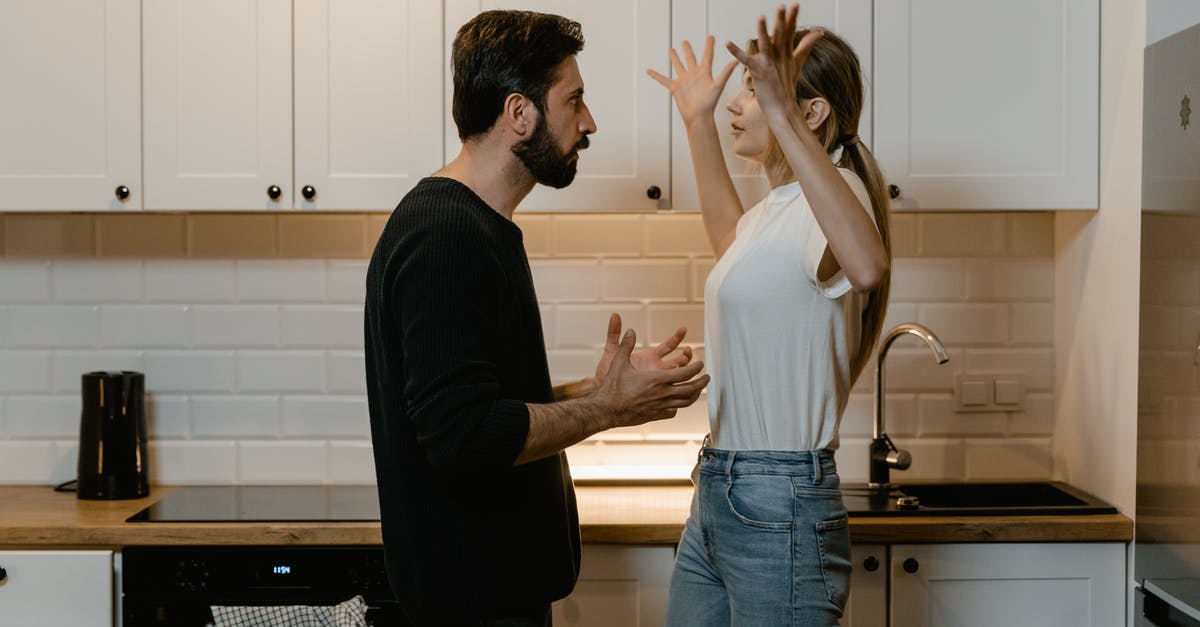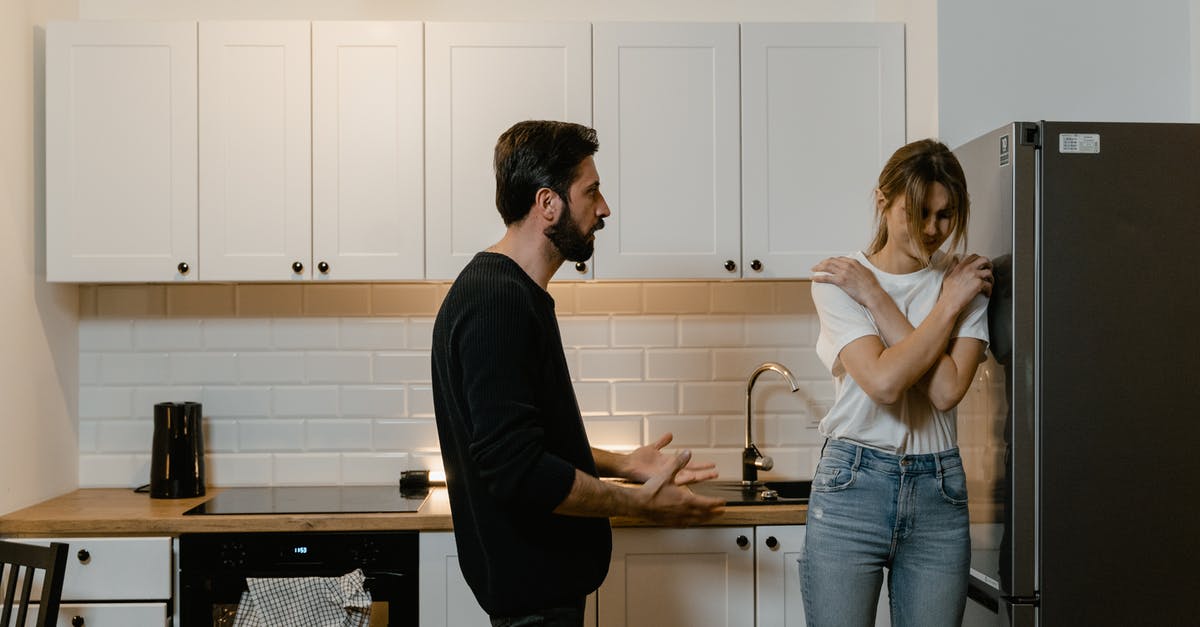Maintaining pressure on Pressure Cooker

I used to cook a lot of beans on regular pots before I switched to a Pressure cooker. On regular pots once the water is boiling I'd turn it down to simmering temperature where there are only few bubbles appearing.
My question is how much should I reduce the heat once it reaches the desired pressure? Since I can't see through the pressure cooker it is a little hard to determine. Should the water be having several bubbles like it would do if it was simmering? Or is having more than that enough? I am using Tefal Secure 5 pressure cooker if it helps Basically I do NOT wanna waste energy nor compromise the performance of the cooker.
So, at what rate should the steam escape for me to know that it is maintaining pressure without wasting unnecessary amounts of energy?
Best Answer
In many electric pressure cookers, you have (at least) two options: "High Pressure" or "Low Pressure". This effectively controls the heat at which your food is cooked. That's due to how a pressure cooker operates. It cooks by raising the temperature of water to create steam, and then continues creating steam, which raises the pressure inside the vessel, thus raising the temperature at which water boils significantly. (See this article for some information about the science behind pressure cooking).
Now, in a stovetop pressure cooker, if you follow the instructions you'll find out that exactly what you're asking does happen: you need to reduce the heat on the stovetop once your cooker has come to the pressure you're aiming for in order to stay at that pressure. Your pressure cooker's manual should cover how to tell this; exactly what that heat is will depend on your stove's capacity. Your pressure cooker should have some variety of pressure gauge; most will have at least a ball that sits in the steam exhaust vent which, when it is at pressure, sits at the top of the vent. Once that's at the top of the vent, you are at low pressure; then you lower the heat as low as possible such that the ball stays at the top of the vent, and that's cooking at low pressure. If you need to cook at higher pressure, which will cook faster (and is necessary for some foods), you have the heat up some from that (and make sure to include enough water to produce enough steam). Here is an article that covers these basics.
For beans, you don't have to cook them very long - a couple of minutes - and you should use high pressure (whatever the 'high' pressure is for your cooker). Assuming you pre-soak, one or two minutes is long enough to cook them (at high pressure) - so you won't really need to lower the heat for very long, and in my experience it's usually hard to be there at exactly the right time to lower it (if you have a couple of toddlers underfoot in particular); don't worry if you forget or miss it, as long as you stop the cooking at the right time; overcooked beans are no fun. The higher heat isn't going to burn them (as long as you included plenty of water), it's just going to waste energy, as your pressure cooker will just give off the excess steam. (This is based on normal ranges - if you have something unusually heat-additive, including an induction burner, I don't know if it's reasonably possible to do something dangerous in one or two minutes.)
You're basically right, though, that 'simmering' is roughly what you're doing when you are using the pressure cooker; reducing the boil from high rolling boil (which produces lots of steam) to a lower boil (which produces just enough steam to offset the loss from the exhaust port). It's just a higher heat setting than normal simmering, since pressure is increasing the temperature at which water boils.
Your manual should cover how to do this; I'm not sure which product you exactly have, but look here for one example.
Pictures about "Maintaining pressure on Pressure Cooker"



Quick Answer about "Maintaining pressure on Pressure Cooker"
Don't overfill it A pressure cooker shouldn't be more than 2/3rds full. With liquids, avoid filling more than half full. Overfilling leads to food being ejected from the pressure release valve – a messy business. If this does happen, you'll need to take apart and clean the parts thoroughly.How do you maintain 15 psi in a pressure cooker?
To maintain 15 psi in a pressure cooker, add 10% more to the cooking time. For example, if you're making something for 10 minutes at 12-13 psi max level of pressure then it should be given 11 minutes instead.Why is my pressure cooker losing pressure?
The pressure release needs to be in the Sealing position when cooking on any mode other than Slow Cook or Yogurt or Sous Vide. SOLUTION: Open the Instant Pot and make sure there's enough liquid. If too much liquid has evaporated, the Instant Pot won't pressurize, so add more liquid if necessary.What happens if not enough water in pressure cooker?
Not adding any liquid to the Instant Pot. It's necessary for steam to build up, ultimately creating a high-pressure environment used for faster cooking. Without sufficient liquid, pressure won't build \u2014 and you'll likely get the dreaded \u201cburn\u201d error.What is the first step in doing maintenance of a pressure cooker?
Fill with warm water and washing up liquid, leave to soak for up to two hours. Immediately after use, fill the pressure cooker with warm water, add a small amount of washing up liquid, and allow it to soak for an hour or two. This should prevent any cooked food from becoming embedded.Safety, Cleaning \u0026 Care of your Breville Pressure Cooker
More answers regarding maintaining pressure on Pressure Cooker
Answer 2
Joshua, you've probably already figured it out but I thought I'd jump in with more information that specifically addresses your question. It sounds like you're using a stovetop pressure cooker.
Its manual will tell you how to tell it has reached pressure: it will jingle jangle, a lid lock will come up, or a pin with bars going through it will come up to indicated how much pressure is inside. So, first check your pressure cooker manual to find out how your model indicates it has reached pressure.
You'll want to have the heat at it's highest until the cooker indicates it has reached pressure. When it has, then you turn down the heat as low as you can as long as it still maintains pressure - now for a lot of beginners (and old sages starting out with a new model) it takes a bit of tinkering the first few times to find this sweet spot.
Initially, you may not turn down the heat enough and there will be lots of vigorous steam coming out from the valve to let you know the cooker is on over-pressure and is releasing the excess (lower the heat if this happens).
Or, you may go too low, and you'll see the pressure signal start to go down or indicate there is no longer any pressure in the cooker (raise the heat if this happens).
For most spring-valve pressure cookers you can usually turn the heat down to "low" or "very low", while the jingly jangly weight-controlled cookers you'll usually turn the heat down to "medium" - they are less energy efficient.
Sources: Stack Exchange - This article follows the attribution requirements of Stack Exchange and is licensed under CC BY-SA 3.0.
Images: MART PRODUCTION, MART PRODUCTION, MART PRODUCTION, Nathan Cowley
